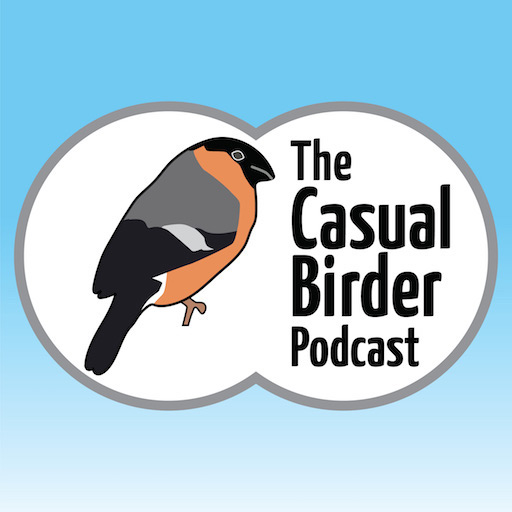Feeding garden birds: Start here!
If you don't yet feed your neighbourhood birds but would like to start, here are some things to consider:
Permissions.
Are there local governances or regulations for your home that prevent you putting out food? Always check this first.
Where are the birds?
Try to be patient. It may take a week or more for the first birds to arrive at a feeder, especially if there are no other feeders in your neighbourhood.
Think like a bird.
When positioning your feeders, make sure there is cover nearby. A feeder pole in the middle of the lawn may eventually attract birds, but you will have much more success if you place a feeder around 3 feet from cover (a shrub or tree) so birds can watch from safety before approaching the feeder, and can quickly return to cover if alarmed.
What type of feeder?
I recommend starting with a 2-port tube hanging feeder, a suet block in a holder, and a dish on the ground containing a seed mix .
Sometimes peanuts and fatballs are packaged in plastic netting. ALWAYS remove this before using as birds can get caught and injured in the netting.What food?
I use:
Sunflower hearts (in a tube feeder or a ground feeding dish) for Finches and Sparrows
Suet block or suet pellets for Tits, Chickadees, and Woodpeckers
Peanuts in the shell for Jackdaws and Jays. Loose peanuts (or in a tube feeder) will be enjoyed by Tits, Pigeons, Magpies, Finches and Sparrows
Good quality seed mix (in a ground feeding dish) for Blackbirds, Doves, and Pigeons)You can also make an excellent full-fat winter food by making your own bird cakes or fat balls (combining suet with a seed mix, dried mealworms and peanut pieces).
Amount of food.
In the hanging feeder, only put as much seed as covers the ports. It may take a while for the seed to be found, and it will spoil if it gets damp. Only put out a handful of seed in the ground feeding dish. You can top it up if it gets eaten.
Cleanliness.
Keep the area under the feeders clear of spilled seed. this is easier if you don't overfill because the ground feeding birds will eat what is dropped. Regularly clean your feeders to remove build up of old seed debris.
Unwanted visitors.
You may have nocturnal visitors that welcome finding a regular food source (Rats, Raccoons) so it is recommended that, if this is likely to be an issue for you, you take in the feeders each night, or at least put them in outside storage in a sealed container. Also, if you live in an area with Bears, please follow local guidance about whether and when to put out bird feeders.
Fresh water.
A source of fresh water is as important as supplementary food, and even if you only provide this, birds will start to visit to make use of your birdbath for drinking and washing. And make sure there is fresh water each morning. Keeping a small lightweight ball floating in the water dish can help prevent the water freezing overnight.
